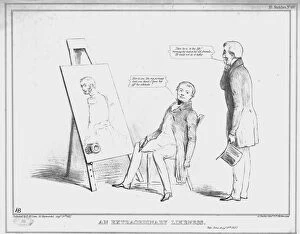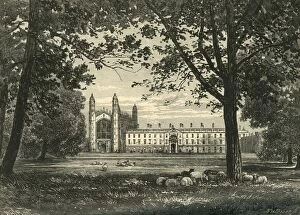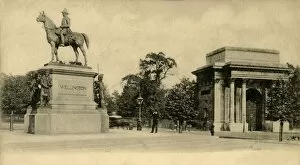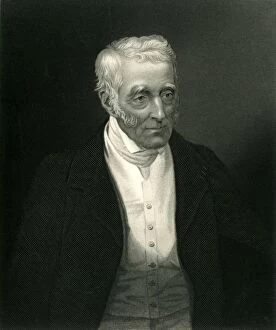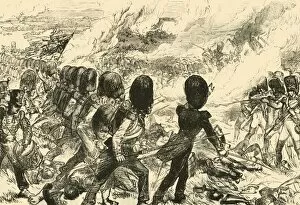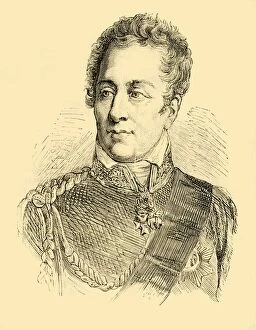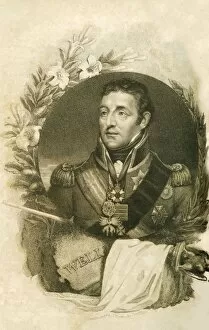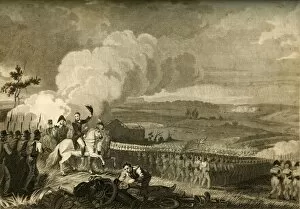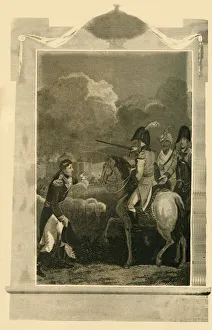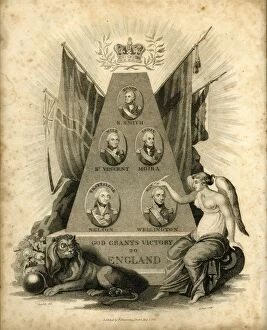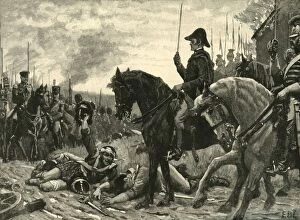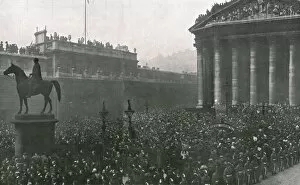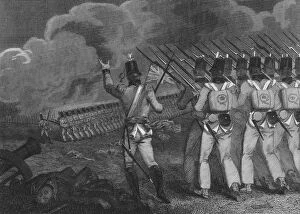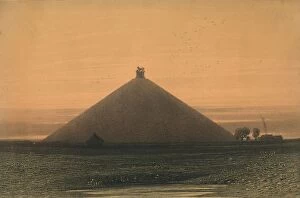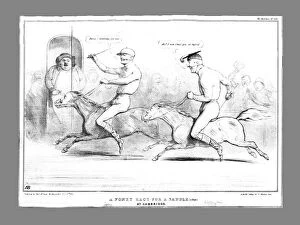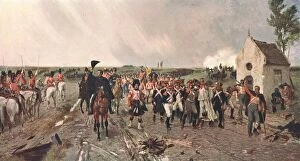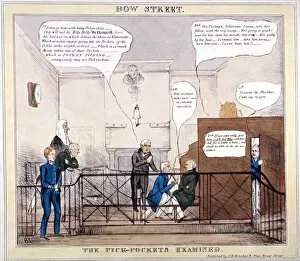Iron Duke Collection (page 3)
The Iron Duke: A Legend of Leadership and Victory In the annals of history, few names resonate with as much power and authority as that of the Iron Duke
All Professionally Made to Order for Quick Shipping
The Iron Duke: A Legend of Leadership and Victory In the annals of history, few names resonate with as much power and authority as that of the Iron Duke. This legendary figure, also known as Arthur Wellesley, 1st Duke of Wellington, left an indelible mark on the world through his military prowess and unwavering determination. One cannot fully comprehend the magnitude of his achievements without delving into key moments in his illustrious career. The Battle of Waterloo stands out prominently among them - a clash that forever altered the course of European history. As we examine a map depicting this monumental event from the 19th century, we are reminded of Wellington's strategic brilliance and leadership skills that led to victory against Napoleon Bonaparte. A portrait by Thomas Lawrence captures Wellington's commanding presence during this period. His stern countenance reflects both wisdom gained from experience and an unyielding resolve to defend what he believed in, and is no wonder that he earned such titles as "Iron Duke" for his steadfastness in battle. As we delve further into Wellington's life, another image emerges - one showcasing camaraderie amidst adversity. In "The Grenadier in Wilton Mews, " we catch a glimpse into a world where coachmen gather to share stories over drinks long after their days on horse-drawn carriages have ended. This scene serves as a reminder that even great leaders need respite from their duties. Wellington's military campaigns were not without sacrifice or perilous challenges. Vereker Monteith Hamilton's painting "The Forlorn Hope at Badajos" depicts soldiers facing insurmountable odds with unwavering courage under Wellington's command. Their bravery exemplifies the spirit embodied by their leader – resilience against all odds. "The Army and Navy, Wellington and Nelson, " captured by Newton & Co. , presents us with an iconic representation linking two national heroes who defended Britain against formidable foes.


